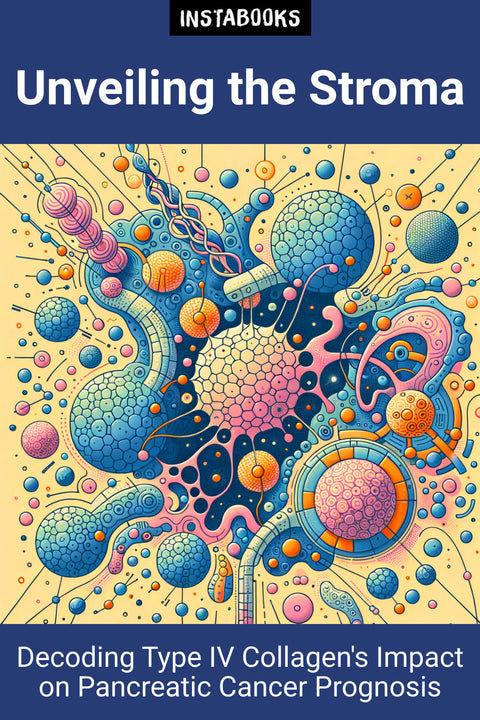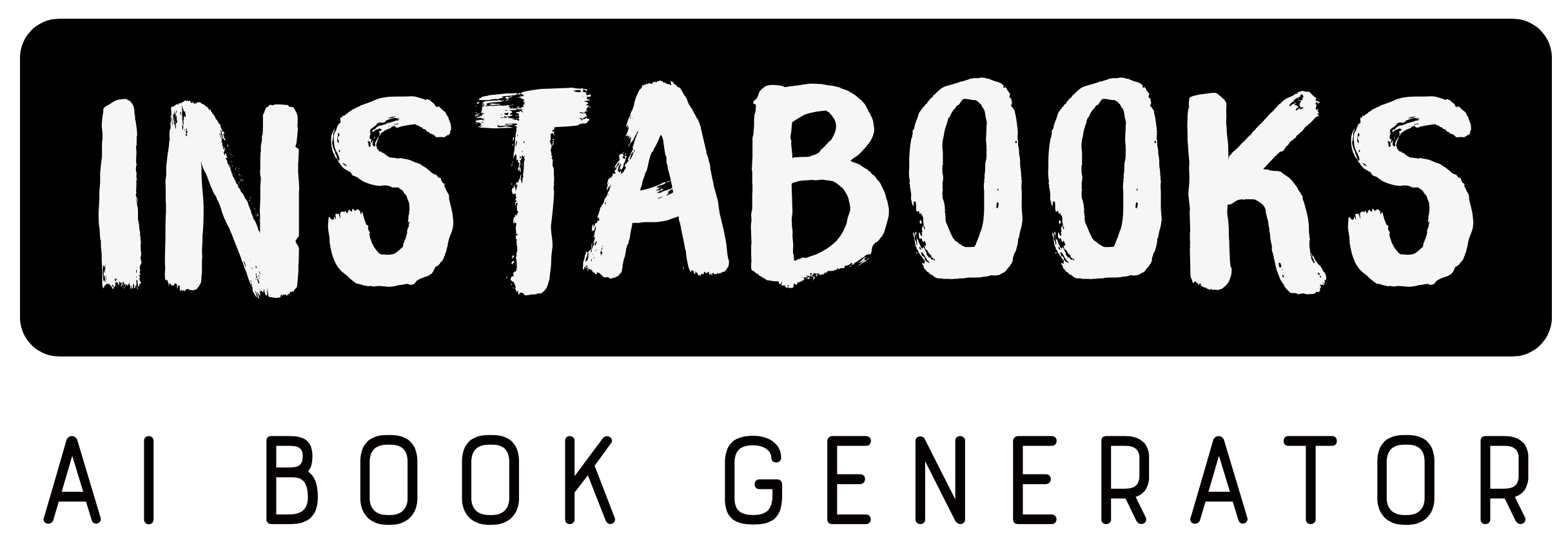
Unveiling the Stroma
Decoding Type IV Collagen's Impact on Pancreatic Cancer Prognosis
Included:
✓ 200+ Page AI-Generated Book
✓ ePub eBook File — read on Kindle & Apple Books
✓ PDF Print File (Easy Printing)
✓ Word DOCX File (Easy Editing)
✓ Hi-Res Print-Ready Book Cover (No Logo Watermark)
✓ Full Commercial Use Rights — keep 100% of royalties
✓ Publish under your own Author Name
✓ Sell on Amazon KDP, IngramSpark, Lulu, Blurb & Gumroad to millions of readers worldwide
Introduction to the Tumor Microenvironment
In the battle against pancreatic ductal adenocarcinoma (PDAC), one of the most aggressive forms of cancer, understanding the tumor microenvironment is crucial. A primary component in this challenging landscape is the stroma, where Stromal Type IV Collagen (COLIV) plays a critical role. This book delves into the complex interaction between COLIV and the prognosis of patients undergoing neoadjuvant chemotherapy (NAC).
Expression and Clinical Relevance
The presence of an abundant stroma in PDAC is a well-documented fact. This stroma, rich in cancer-associated fibroblasts (CAFs), is central to the cancer’s notorious chemoresistance. Type IV Collagen stands out for its association with poor prognosis, serving as an indicator of NAC response outcomes. Extensive research highlights how diffuse COLIV staining correlates with unfavorable prognosis, marking it as an independent prognostic factor. Furthermore, the examination of serum CA19-9 levels before and after NAC treatment emerges as another significant predictor.
Chemotherapy and Stromal Changes
Neoadjuvant chemotherapy, aimed at shrinking tumors for surgical removal, encounters a formidable barrier in the stroma. The persistent role of CAFs and COLIV staining suggest a resistance mechanism ingrained within the stromal architecture. While chemotherapy can induce changes in the stromal composition, the complexity and ramifications of these changes are a topic of ongoing study, demanding deeper exploration to fully grasp their impact.
Exploring Current Research
In tracing the latest advancements, studies consistently identify COLIV staining as a prognostic marker for NAC-treated PDAC. This book reviews critical findings from recent research, exploring how stromal components, especially COLIV, contribute to chemoresistance. Key studies examining the interplay between CAFs and the tumor environment further underscore the stromal dynamics at work.
Future Directions in Treatment
Looking forward, targeting aberrant stromal components such as COLIV offers a promising path to enhance NAC effectiveness. By understanding the role of COLIV in malignancy, innovative strategies aiming at its modulation could prove transformative. This book envisions pioneering studies and breakthroughs in stromal biology that could redefine treatment paradigms for PDAC.
Comprehensive yet accessible, this work is an invaluable resource for oncologists, researchers, and students eager to unravel the intricate connections shaping pancreatic cancer treatment outcomes.
Table of Contents
1. Introduction to Pancreatic Cancer and Stroma- Understanding PDAC's Aggressiveness
- Role of Tumor Microenvironment
- Stromal Components and Chemoresistance
2. Type IV Collagen in Tumor Stroma
- Biochemical Composition
- Presence in PDAC Stroma
- Correlation with Prognosis
3. Neoadjuvant Chemotherapy: An Overview
- Purpose and Process
- Challenges Faced in PDAC
- Impact on Tumor Stroma
4. Expression Patterns of Type IV Collagen
- Diffuse Staining Significance
- Correlations with Outcomes
- Variability and Consistency
5. Clinical Implications and Prognostic Significance
- Independent Prognostic Factors
- CA19-9 Levels Analysis
- Integrating Clinical Parameters
6. Resistance Mechanisms in Chemotherapy
- CAF Dynamics
- Stromal Composition Changes
- Implications for Treatment
7. Research Highlights and Findings
- Key Study Analyses
- The Role of CAFs
- COLIV as a Prognostic Marker
8. Therapeutic Targets in Stromal Modulation
- Targeting COLIV
- Innovative Modulation Strategies
- Potential Impact on Treatment
9. Future Perspectives and Directions
- Emerging Research Areas
- Strategizing Stromal Intervention
- Vision for PDAC Treatment
10. Patient Outcomes and Quality of Life
- Measuring Prognostic Success
- Long-term Impact of NAC
- Patient-Centric Approaches
11. Oncology Practices and Research
- Bridging Research and Practice
- Interdisciplinary Approaches
- Future Reflections
12. Comprehensive Review and Conclusion
- Summarizing Key Insights
- Integrating Lessons Learned
- Looking Ahead
Target Audience
Oncologists, cancer researchers, medical students, and healthcare professionals interested in pancreatic cancer and its treatment.
Key Takeaways
- Comprehensive understanding of stromal Type IV Collagen's role in pancreatic cancer prognosis.
- Insight into the interaction of tumor microenvironment components and chemoresistance.
- Review of current research and future directions in targeting stromal components to improve treatment outcomes.
